Sustain the chain
View Sequence overviewStudents will:
- demonstrate curiosity about the local environment.
- identify some of the living things that can be found in the local environment.
- describe the importance of the local environment to people, plants and animals.
Students will represent their understanding as they:
- draw labelled diagrams of a plant, animal and non-living thing.
- participate in and contribute to discussions, sharing information, experiences and opinions.
In this lesson, assessment is formative.
Take note of:
- Are students using all their senses in the environment?
- Do students see the differences in plants?
- Different shaped leaves
- How the leaves are arranged on their stems (opposite each other or alternating)
- Do students consider fungi/mushrooms plants?
- They are not.
- Do students recognise insects as animals?
- They are.
- Do students recognise themselves as an animal?
- Are students associating human emotions to plants and animals?
- What vocabulary are they using?
Whole class
Class science journal (digital or hard-copy)
Material to create a word wall
Materials to create a TWLH chart
Low Tech option: iPad or digital camera to record observations
Each student
Individual science journal (digital or hard-copy)
Pencils
Lesson
The Launch phase is designed to increase the science capital in a classroom by asking questions that elicit and explore students’ experiences. It uses local and global contexts and real-world phenomena that inspire students to recognise and explore the science behind objects, events and phenomena that occur in the material world. It encourages students to ask questions, investigate concepts, and engage with the Core Concepts that anchor each unit.
The Launch phase is divided into four routines that:
- ensure students experience the science for themselves and empathise with people who experience the problems science seeks to solve (Experience and empathise)
- anchor the teaching sequence with the key ideas and core science concepts (Anchor)
- elicit students’ prior understanding (Elicit)
- and connect with the students’ lives, languages and interests (Connect).
Students arrive in the classroom with a variety of scientific experiences. This routine provides an opportunity to plan for a common shared experience for all students. The Experience may involve games, role-play, local excursions or yarning with people in the local community. This routine can involve a chance to Empathise with the people who experience the problems science seeks to solve.
When designing a teaching sequence, consider what experiences will be relevant to your students. Is there a location for an excursion, or people to talk to as part of an incursion? Are there local people in the community who might be able to talk about what they are doing? How could you set up your classroom to broaden the students’ thinking about the core science ideas? How could you provide a common experience that will provide a talking point throughout the sequence?
Read more about using the LIA FrameworkKeeping it local
As part of your preparation for this sequence, you should have selected one of the following contexts:
- Local bushland or parkland: planting or writing a field guide for future students or locals
- School vegetable garden: deciding what to plant this season and encouraging pollinators
- School garden: identifying how to encourage diversity of local birds and insects
- School compost bin development
In relation to your chosen context, discuss:
- the reason for needing students' help with the context.
- what is already in the local environment.
- what else students might expect to find in the environment.
- Can anyone suggest some of the things we might observe in our location?
- What do we mean when we say we are ‘observing’ something?
- Using all of our main senses; eyes, ears, nose, skin–not taste today.
- What types of animals might we see, smell, hear or feel?
- Birds, insects, mammals, spiders, snails or slugs etc.
- What types of plants might we see, smell or feel?
- Will we be able to hear plants?
- Will we see, feel or smell some non-living things?
- Can you hear non-living things?
- What else will we see, hear, smell or feel?
- How else might we know animals have been there?
- Scats, nests, burrows, webs, tracks.
Adapting to your context
The variety of contexts available for this teaching sequence suggests that the common experience will vary with each.
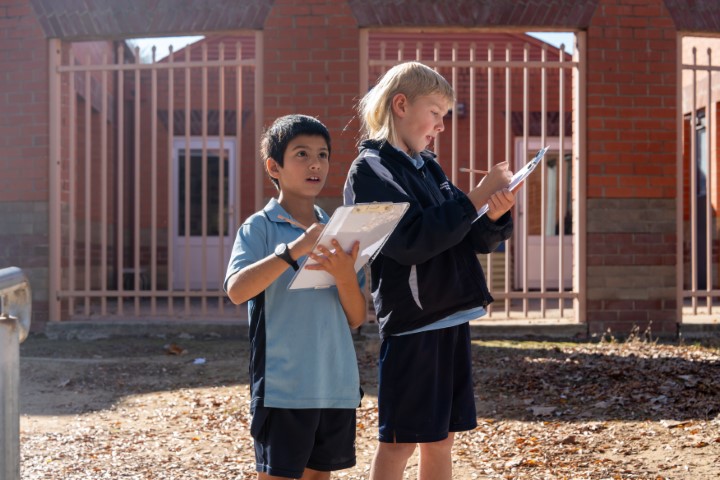
The variety of contexts available for this teaching sequence suggests that the common experience will vary with each. The Experience and empathise learning routine involves inviting students to consider the context and what they may need to be aware of as they do an initial observation walk.
It is important to consider this teaching sequence in the broader context of what works may have completed by previous Year 4 students, so that the current Year 4 students have the opportunity to see their work as new or to contribute to a larger/significant piece of work.
The variety of contexts available for this teaching sequence suggests that the common experience will vary with each. The Experience and empathise learning routine involves inviting students to consider the context and what they may need to be aware of as they do an initial observation walk.
It is important to consider this teaching sequence in the broader context of what works may have completed by previous Year 4 students, so that the current Year 4 students have the opportunity to see their work as new or to contribute to a larger/significant piece of work.
Core concepts and key ideas
When planning for teaching in your classroom, it can be useful to see where a sequence fits into the larger picture of science.
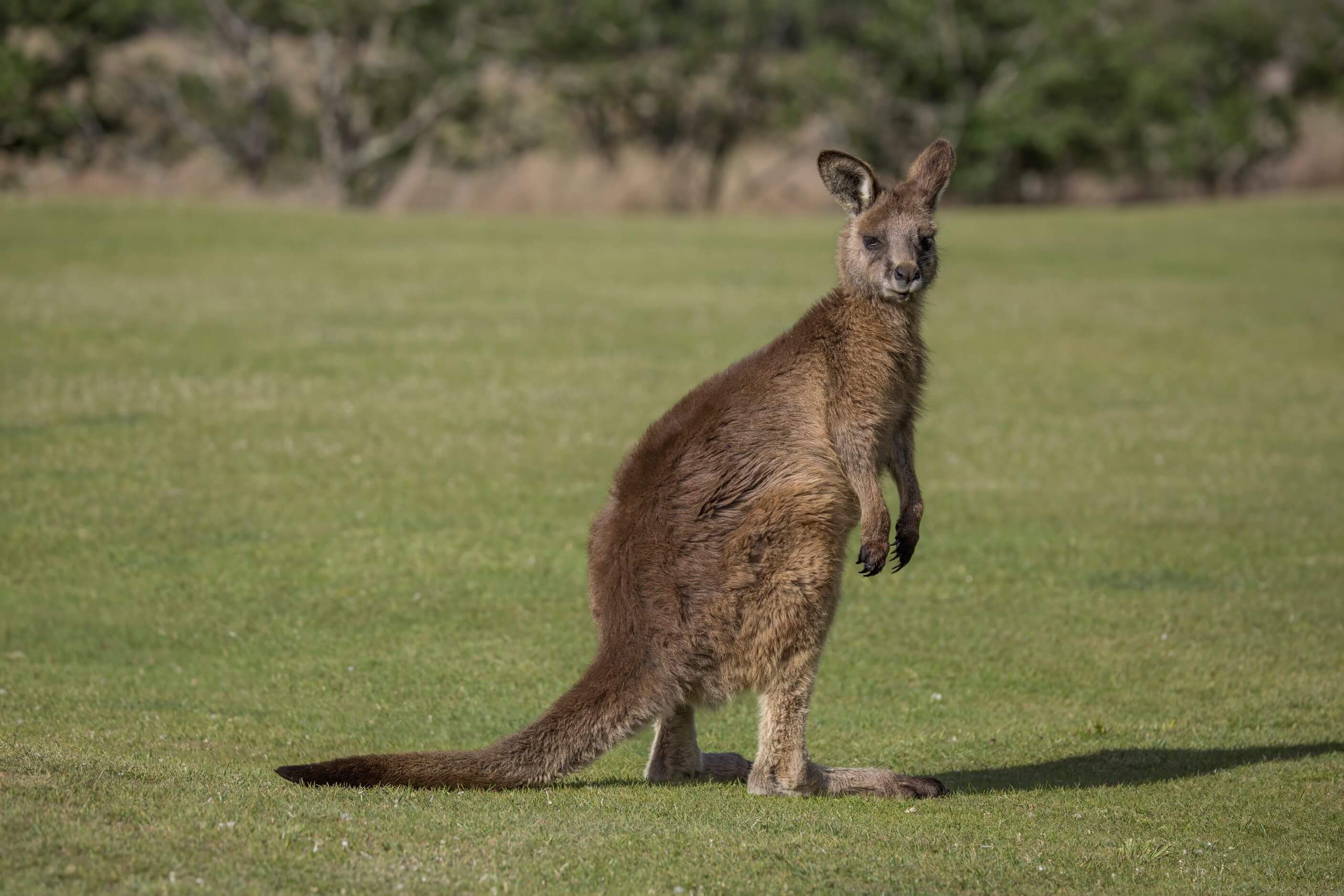
When planning for teaching in your classroom, it can be useful to see where a sequence fits into the larger picture of science. This unit is anchored to the Science understanding core concepts for Biological sciences.
- Biological systems are interdependent and interact with each other and their environment.
By Year 4, students have already identified the basic needs of plants and animals, including air, water, food and shelter and how the place they live meets those needs (Year 1). In this teaching sequence students explain the roles and interactions of consumers, producers and decomposers within a habitat and how food chains represent feeding relationships.
This core concept is linked to the key science ideas:
- Living things require matter and energy from their environment to grow and develop (Matter and energy).
- Components and their interactions can be described (Systems).
When your students next progress through this core concept, they will investigate the physical conditions of a habitat and analyse how the growth and survival of living things is affected by changing physical conditions (Year 6).
When planning for teaching in your classroom, it can be useful to see where a sequence fits into the larger picture of science. This unit is anchored to the Science understanding core concepts for Biological sciences.
- Biological systems are interdependent and interact with each other and their environment.
By Year 4, students have already identified the basic needs of plants and animals, including air, water, food and shelter and how the place they live meets those needs (Year 1). In this teaching sequence students explain the roles and interactions of consumers, producers and decomposers within a habitat and how food chains represent feeding relationships.
This core concept is linked to the key science ideas:
- Living things require matter and energy from their environment to grow and develop (Matter and energy).
- Components and their interactions can be described (Systems).
When your students next progress through this core concept, they will investigate the physical conditions of a habitat and analyse how the growth and survival of living things is affected by changing physical conditions (Year 6).
The Launch phase is designed to increase the science capital in a classroom by asking questions that elicit and explore students’ experiences. It uses local and global contexts and real-world phenomena that inspire students to recognise and explore the science behind objects, events and phenomena that occur in the material world. It encourages students to ask questions, investigate concepts, and engage with the Core Concepts that anchor each unit.
The Launch phase is divided into four routines that:
- ensure students experience the science for themselves and empathise with people who experience the problems science seeks to solve (Experience and empathise)
- anchor the teaching sequence with the key ideas and core science concepts (Anchor)
- elicit students’ prior understanding (Elicit)
- and connect with the students’ lives, languages and interests (Connect).
The Elicit routine provides opportunities to identify students’ prior experiences, existing science capital and potential alternative conceptions related to the Core concepts. The diagnostic assessment allows teachers to support their students to build connections between what they already know and the teaching and learning that occurs during the Inquire cycle.
When designing a teaching sequence, consider when and where students may have been exposed to the core concepts and key ideas in the past. Imagine how a situation would have looked without any prior knowledge. What ideas and thoughts might students have used to explain the situation or phenomenon? What alternative conceptions might your students hold? How will you identify these?
The Deep connected learning in the ‘Pedagogical Toolbox: Deep connected learning’ provides a set of tools to identify common alternative conceptions to aid teachers during this routine.
Read more about using the LIA FrameworkNoticing our environment
Explain that students will write ‘field notes’ in their science journals during their first observational walk of their context area.
Discuss:
- the purpose of a science journal.
- To record what we see, hear, feel and think so that we can look at it later to help us with our claims, evidence and planning.
- what field notes could be written in a science journal.
- Dates, times of observations including descriptions, labelled drawings, measurements, tables and graphs.
- how they can make observations.
- What they see, hear, smell and feel.
- LOW TECH: Students may use an iPad or digital camera to record observations.
Students divide a page of their science journal into four sections: observations, plant, animal, and non-living thing. They record today's date.
Discuss the difference between a ‘non-living thing’ (i.e. rock) and a once-living thing (i.e. a fallen leaf).
Start the observational walk, stopping periodically to sit, close eyes and listen. Support students to make observations by asking questions that focus on the relevant senses.
- When you look closely, what can you see?
- Compare plants to highlight features such as:
- leaf size and shape
- whether leaves are opposite each other on branches, or alternating
- if leaves are fanned out at the end of the branch
- Compare plants to highlight features such as:
- What can you hear?
- Leaves rustling in the wind/crunching underfoot, animals including insects and birds, running water, traffic, people etc.
- What can you smell?
- Wet soil, plants, animals, people, traffic, machinery.
- What do the things around you feel like?
- Responses to this will be determined by location and season.
Optional: Discuss why we're not using the sense of taste in our observations, and why it is important not to taste items as part of an observation unless given express permission by a responsible adult.
Students write their observations in the observations section of the divided page in their science journal, and draws draw three objects in the other sections: one plant, one animal, one non-living thing.
You might complete this outside, take photographs, or take specimens into the classroom to complete the task.
Encourage students to label as many parts of their diagrams as they can.
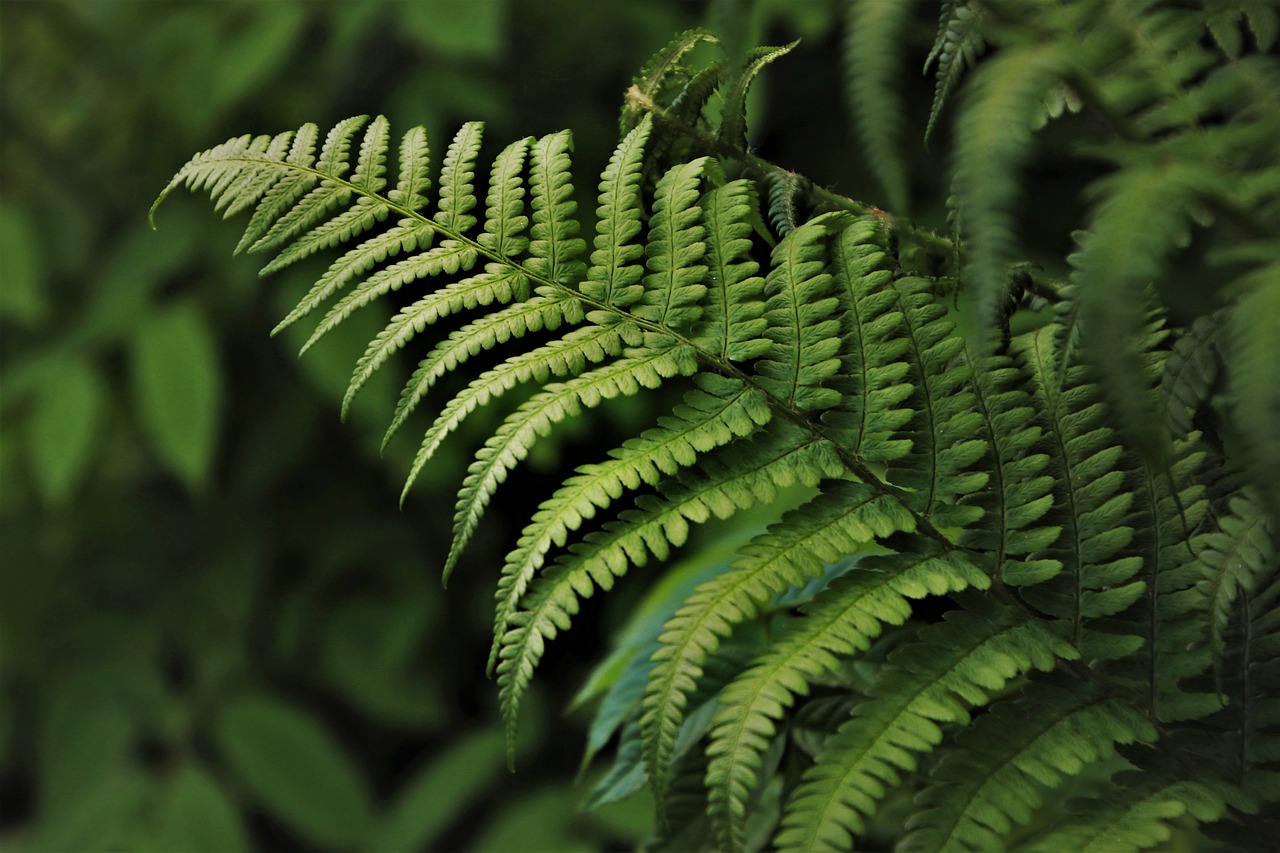
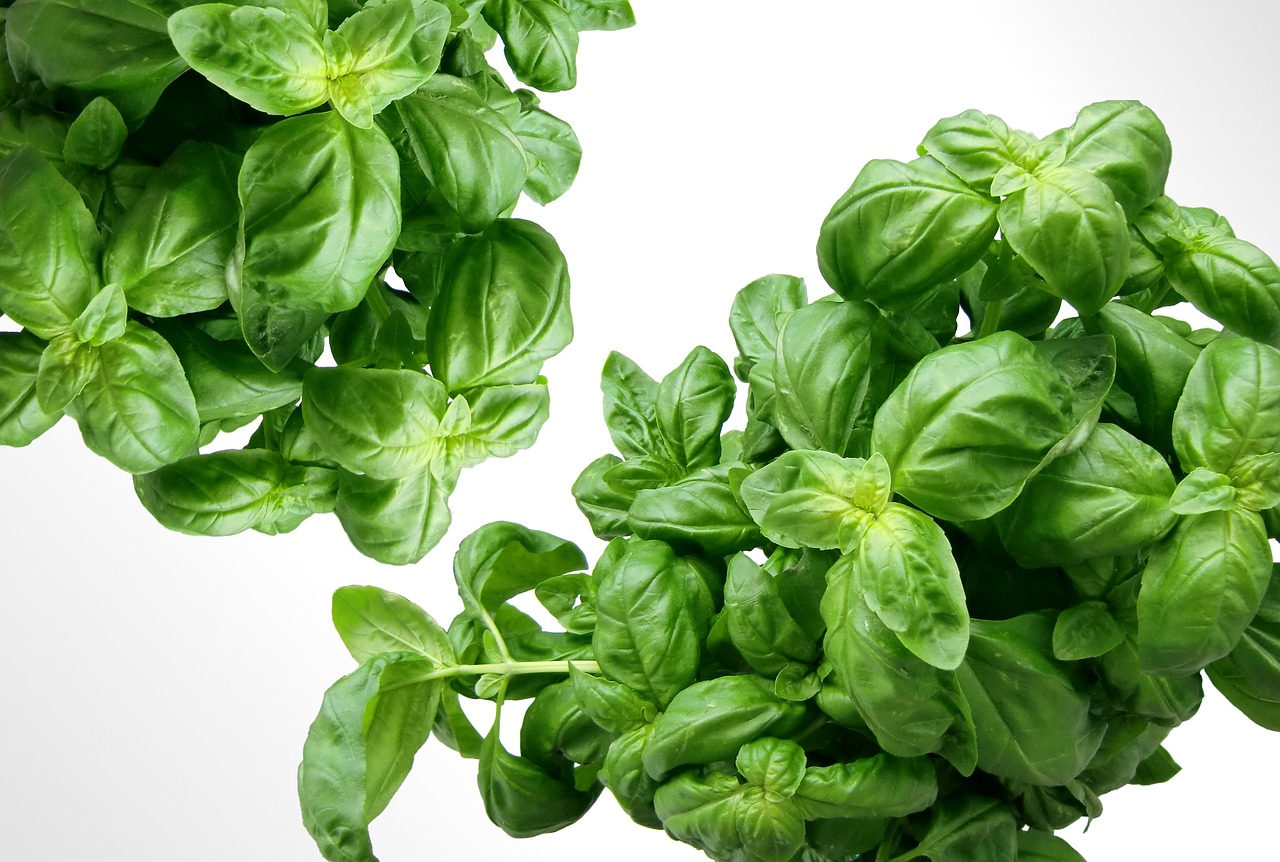
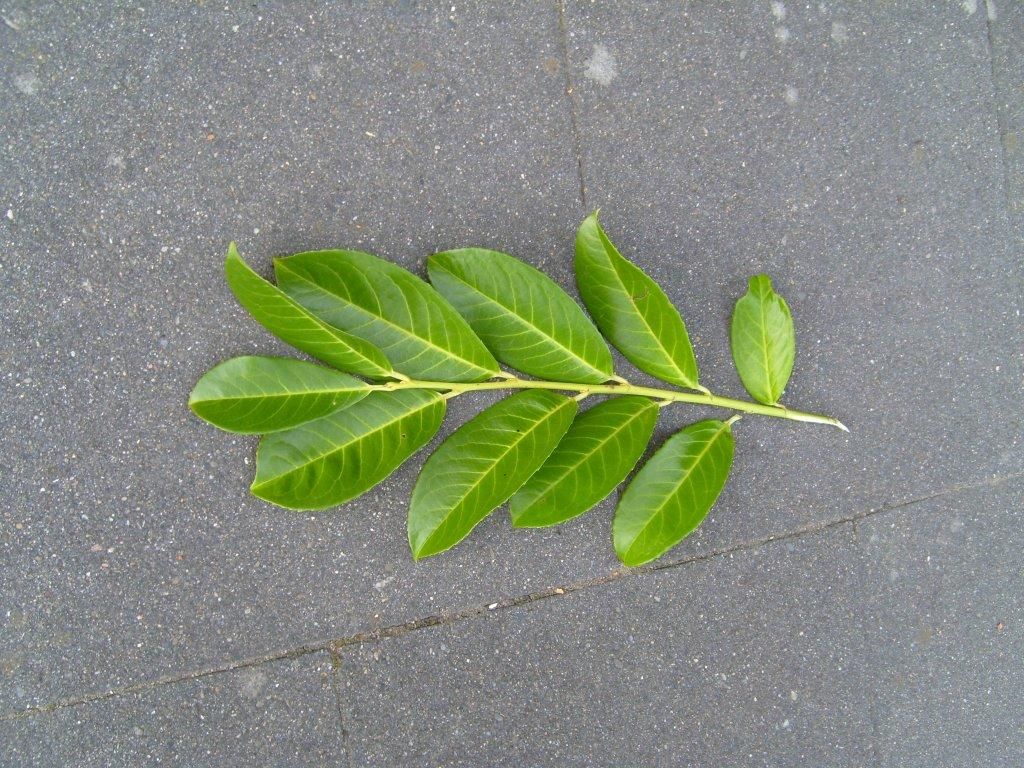
Display students’ images and undertake a gallery walk. Students give feedback on others' work, using sticky notes or similar, noting positive aspects of each drawing, or asking questions to provoke improvements. For example:
- You've drawn the jagged edges of the leaf really well.
- You've spotted (this detail) that I missed.
- Did you notice if the leaves were opposite each other on the branch?
You may need to model this for students, or think about structures that might support them, if they are not accustomed to giving this style of feedback.
Progressive building of the skills of Science Inquiry
Students build their observational skills as the sequence progresses.
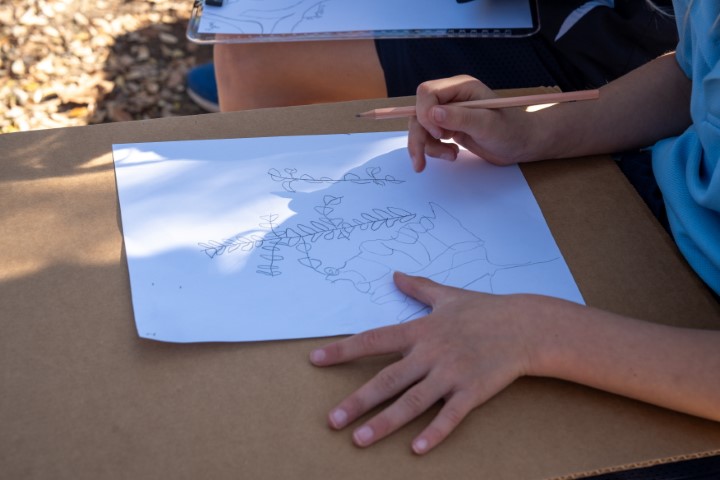
Throughout this teaching sequence, students will have the opportunity to take a series of field notes that will build their observational skills. The intention of their first observational walk is to start with ‘random hunting’ for living and non-living things. Over the next few lessons this will become more targeted and details. Do not be concerned if the observations and diagrams do not contain the detail that will be required later. The Elicit routine should be aimed at identifying current knowledge and skills.
Throughout this teaching sequence, students will have the opportunity to take a series of field notes that will build their observational skills. The intention of their first observational walk is to start with ‘random hunting’ for living and non-living things. Over the next few lessons this will become more targeted and details. Do not be concerned if the observations and diagrams do not contain the detail that will be required later. The Elicit routine should be aimed at identifying current knowledge and skills.
Living and non-living
In Year 3, students will have examined the common characteristics of a living things.

In Year 3, students will have examined the common characteristics of a living things including Movement, Respiration (using sugars to produce energy), Sensitivity (responds to the environment), Growth, Reproduction, Excretion (of gases, and waste) and Nutrition (requiring minerals and food) (MRS GREN).
Common sense and experience help us decide whether something might be alive: a branch that has fallen to the ground is likely to no longer be living, but a bare tree that we saw lose its leaves two months ago is more likely to still be alive. Sometimes time will tell: if an egg eventually hatches or a seed germinates, then it was alive the whole time.
Some students might believe that not all species are important and that it is okay if some species become extinct. However, each type of living thing plays an important role in their respective ecosystem. Many species display particular physical features or behaviours that are unique and fulfil a function no other living things can replicate.
In Year 3, students will have examined the common characteristics of a living things including Movement, Respiration (using sugars to produce energy), Sensitivity (responds to the environment), Growth, Reproduction, Excretion (of gases, and waste) and Nutrition (requiring minerals and food) (MRS GREN).
Common sense and experience help us decide whether something might be alive: a branch that has fallen to the ground is likely to no longer be living, but a bare tree that we saw lose its leaves two months ago is more likely to still be alive. Sometimes time will tell: if an egg eventually hatches or a seed germinates, then it was alive the whole time.
Some students might believe that not all species are important and that it is okay if some species become extinct. However, each type of living thing plays an important role in their respective ecosystem. Many species display particular physical features or behaviours that are unique and fulfil a function no other living things can replicate.
Gallery walk
In a gallery walk, students move about the room examining the work of their peers.

In a gallery walk, students move about the room examining the work of their peers. They might discuss what they see with a partner, or use post-it notes to post comments and questions about what they are seeing. Class discussion and careful questioning can then be used to draw attention to specific aspects.
In this instance you would draw attention to specific details of the living, non-living or once-living things students have drawn that will support them to compare them to similar things, or to include further detail in subsequent drawings.
In a gallery walk, students move about the room examining the work of their peers. They might discuss what they see with a partner, or use post-it notes to post comments and questions about what they are seeing. Class discussion and careful questioning can then be used to draw attention to specific aspects.
In this instance you would draw attention to specific details of the living, non-living or once-living things students have drawn that will support them to compare them to similar things, or to include further detail in subsequent drawings.
The Launch phase is designed to increase the science capital in a classroom by asking questions that elicit and explore students’ experiences. It uses local and global contexts and real-world phenomena that inspire students to recognise and explore the science behind objects, events and phenomena that occur in the material world. It encourages students to ask questions, investigate concepts, and engage with the Core Concepts that anchor each unit.
The Launch phase is divided into four routines that:
- ensure students experience the science for themselves and empathise with people who experience the problems science seeks to solve (Experience and empathise)
- anchor the teaching sequence with the key ideas and core science concepts (Anchor)
- elicit students’ prior understanding (Elicit)
- and connect with the students’ lives, languages and interests (Connect).
Science education consists of a series of key ideas and core concepts that can explain objects, events and phenomena, and link them to the experiences encountered by students in their lives. The purpose of the Anchor routine is to identify the key ideas and concepts in a way that builds and deepens students’ understanding. During the Launch phase, the Anchor routine provides a lens through which to view the classroom context, and a way to frame the key knowledge and skills students will be learning.
When designing a teaching sequence, consider the core concepts and key ideas that are relevant. Break these into small bite-sized pieces that are relevant to the age and stage of your students. Consider possible alternative concepts that students might hold. How could you provide activities or ask questions that will allow students to consider what they know?
What can’t we see?
Discuss aspects about the plants, animals, or non-living things that were likely missed in students' observations and drawings because they can't be observed in either such a short time frame or by the naked eye.
- Do you think there are animals living in (walk location) that we did not see?
- What kinds of animals?
- Why did we not see them?
- Do you think some of them would be really small? Too small to see?
- What happens to the leaves after they've been sitting on the ground for a long time? Do they stay the same or do they change?
- How do they change?
- What about an apple core, or a banana skin? What might happen if they were left on the ground?
- What do you think is making that happen?
- How might the plants we saw started growing there in the first place?
- What does a plant grow from?
- How do seeds end up in the ground?
- How do you think everything is connected in (walk location)?
Accept the responses that students give here, and use it to guide your planning and questioning in subsequent lessons. If students do not, for example, acknowledge seed dispersal caused by wind or animals, do not offer that as an idea at this stage.
Explain that over the course of this sequence we are going to attempt to answer these questions, and more, through a series of investigations and observations.
The Launch phase is designed to increase the science capital in a classroom by asking questions that elicit and explore students’ experiences. It uses local and global contexts and real-world phenomena that inspire students to recognise and explore the science behind objects, events and phenomena that occur in the material world. It encourages students to ask questions, investigate concepts, and engage with the Core Concepts that anchor each unit.
The Launch phase is divided into four routines that:
- ensure students experience the science for themselves and empathise with people who experience the problems science seeks to solve (Experience and empathise)
- anchor the teaching sequence with the key ideas and core science concepts (Anchor)
- elicit students’ prior understanding (Elicit)
- and connect with the students’ lives, languages and interests (Connect).
The Elicit routine provides opportunities to identify students’ prior experiences, existing science capital and potential alternative conceptions related to the Core concepts. The diagnostic assessment allows teachers to support their students to build connections between what they already know and the teaching and learning that occurs during the Inquire cycle.
When designing a teaching sequence, consider when and where students may have been exposed to the core concepts and key ideas in the past. Imagine how a situation would have looked without any prior knowledge. What ideas and thoughts might students have used to explain the situation or phenomenon? What alternative conceptions might your students hold? How will you identify these?
The Deep connected learning in the ‘Pedagogical Toolbox: Deep connected learning’ provides a set of tools to identify common alternative conceptions to aid teachers during this routine.
Read more about using the LIA FrameworkWhat do we think we know?
Begin a class TWLH chart by recording students’ thoughts about what is important in an environment in the ‘What we think we know’ column.
Students ask any questions they have, especially after the observation walk. Record them in the ‘What we WANT to know’ column of the TWLH chart.
TWLH chart
A TWLH chart is a critical thinking learning tool that is used to document the learning journey across the course of a learning sequence.
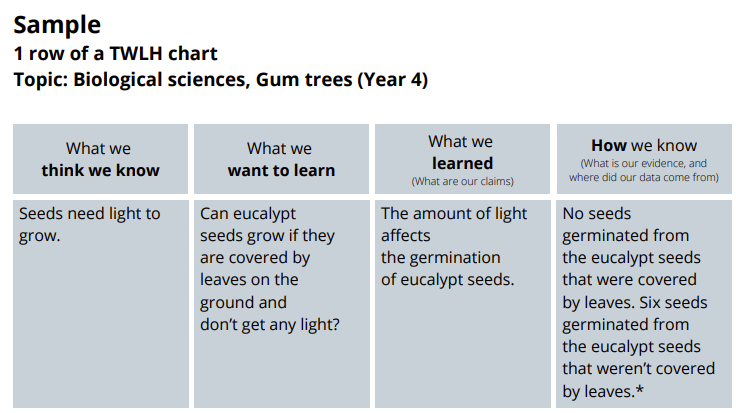
A TWLH chart is a critical thinking learning tool that is used to document the learning journey across the course of a learning sequence. Construction of a TWLH chart typically begins in the Launch phase, starting with asking students what they Think they know, and what they Want to know.
Class consensus diagrams and TWLH charts can be used together—representations can provide ideas, explanations, and questions that can be incorporated into the TWLH chart—and the TWLH chart can help students think about how they might refine their representation.
A TWLH chart is a critical thinking learning tool that is used to document the learning journey across the course of a learning sequence. Construction of a TWLH chart typically begins in the Launch phase, starting with asking students what they Think they know, and what they Want to know.
Class consensus diagrams and TWLH charts can be used together—representations can provide ideas, explanations, and questions that can be incorporated into the TWLH chart—and the TWLH chart can help students think about how they might refine their representation.
The Launch phase is designed to increase the science capital in a classroom by asking questions that elicit and explore students’ experiences. It uses local and global contexts and real-world phenomena that inspire students to recognise and explore the science behind objects, events and phenomena that occur in the material world. It encourages students to ask questions, investigate concepts, and engage with the Core Concepts that anchor each unit.
The Launch phase is divided into four routines that:
- ensure students experience the science for themselves and empathise with people who experience the problems science seeks to solve (Experience and empathise)
- anchor the teaching sequence with the key ideas and core science concepts (Anchor)
- elicit students’ prior understanding (Elicit)
- and connect with the students’ lives, languages and interests (Connect).
Each student comes to the classroom with experiences made up from science-related knowledge, attitudes, experiences and resources in their life. The Connect routine is designed to tap into these experiences and that of their wider community. It is also an opportunity to yarn with community leaders (where appropriate) to gain an understanding of the student’s lives, languages and interests. In the Launch phase, this routine identifies and uses the science capital of students as the foundation of the teaching sequence so students can appreciate the relevance of their learning and its potential impact on future decisions. In short, this routine moves beyond scientific literacy and increases the science capital in the classroom and science identity of the students.
When planning a teaching sequence, take an interest in the lives of your students. What are their hobbies, how do they travel to and from school? What might have happened in the lives of your students (i.e. blackouts) that might be relevant to your next teaching sequence? What context might be of interest to your students?
Read more about using the LIA FrameworkConnecting to community
Discuss:
- the importance of everything in the environment.
- how Aboriginal and Torres Strait Islander Peoples see themselves as being part of or belonging to the environment, rather than being in control of the environment.
Ask students to describe their favourite outdoor environment.
- Why is (location) your favourite place?
- How often do you visit there?
- How often are you outside in a natural environment/space, like a park, bushland, a river, the ocean etc.?
- How does being in a natural environment make you feel?
- What living and non-living things are in your favourite environment?
Reflect on the lesson
You might:
- revisit your selected context for this teaching sequence. Discuss why this context is important to the school or local community.
- identify any questions that arise as a result of this context and add them to the TWHL chart.
- discuss:
- What do/will the plants need to eat?
- What will the animals need to eat?
- What will eat the plants or animals?
- Where do the ‘once-living’ plants/animals go?
Aboriginal and Torres Strait Islander Histories and Cultures
Recognising how First Nations Australians perceive themselves as being an integral part of the environment is a key elaboration in the Australian Curriculum.
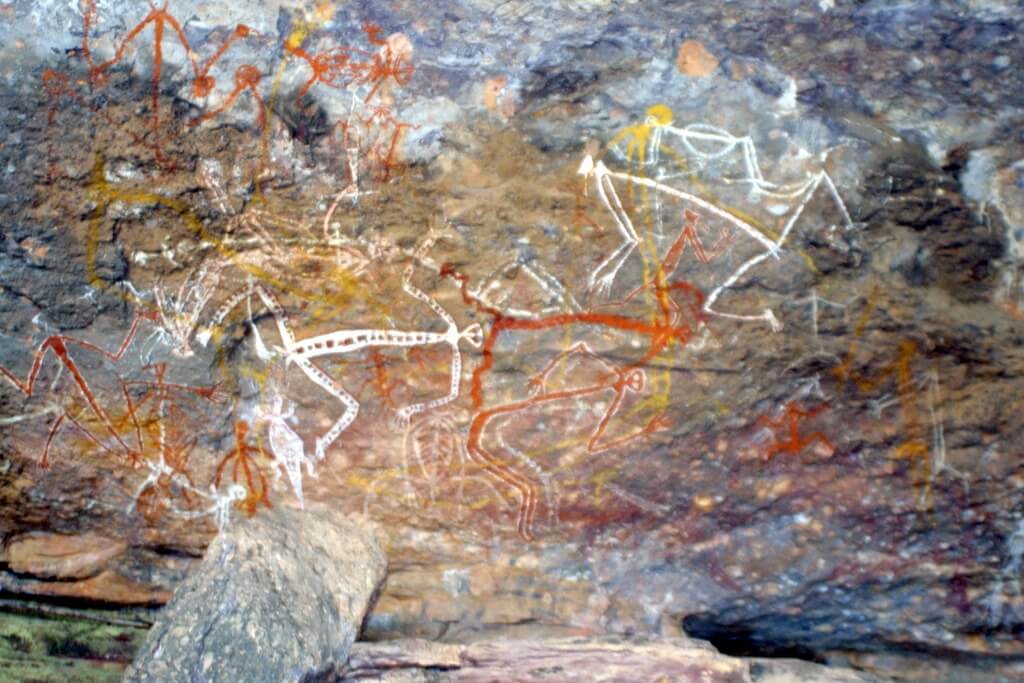
Recognising how First Nations Australians perceive themselves as being an integral part of the environment is a key elaboration in the Science Understanding of the Year 4 curriculum.
Recognising how First Nations Australians perceive themselves as being an integral part of the environment is a key elaboration in the Science Understanding of the Year 4 curriculum.